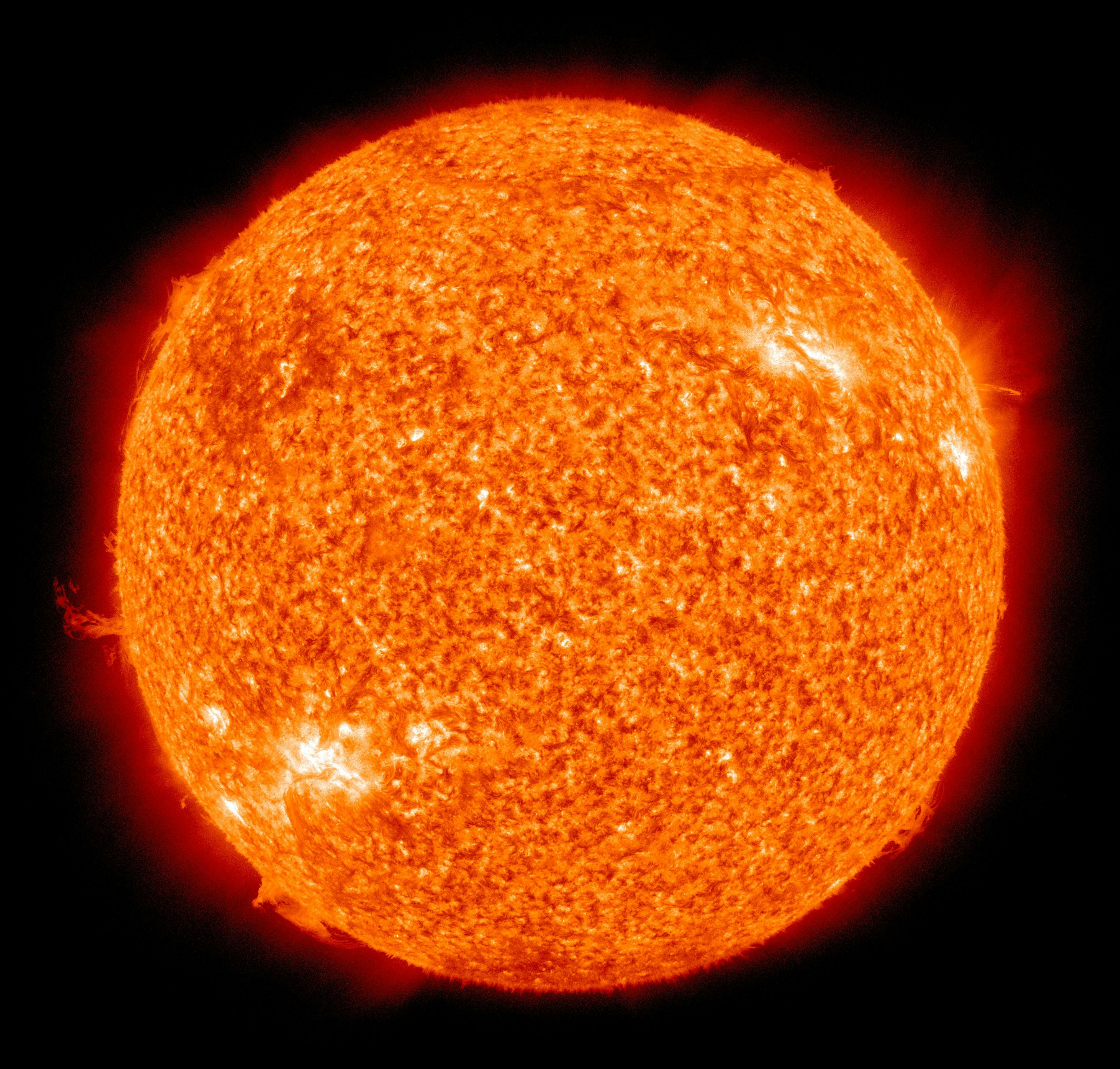Comparative Analysis of Neural Network Architectures in Solving the Schrödinger Equation (Quantum Harmonic Oscillator)
In this project, we explore the fascinating world of neural networks through the lens of physics. By comparing the performance of a standard Neural Network (NNN) with a Physics-Informed Neural Network (PINN), we aim to solve the Schrödinger equation and predict wave functions with greater accuracy. The PINN incorporates physics-based laws directly into its learning process, giving it an edge over the NNN, which lacks such domain-specific insights. This project showcases how blending artificial intelligence with the laws of physics opens new doors to solving complex problems. Plus, it’s fun watching the PINN correct the NNN like a teacher grading homework!
View on GitHub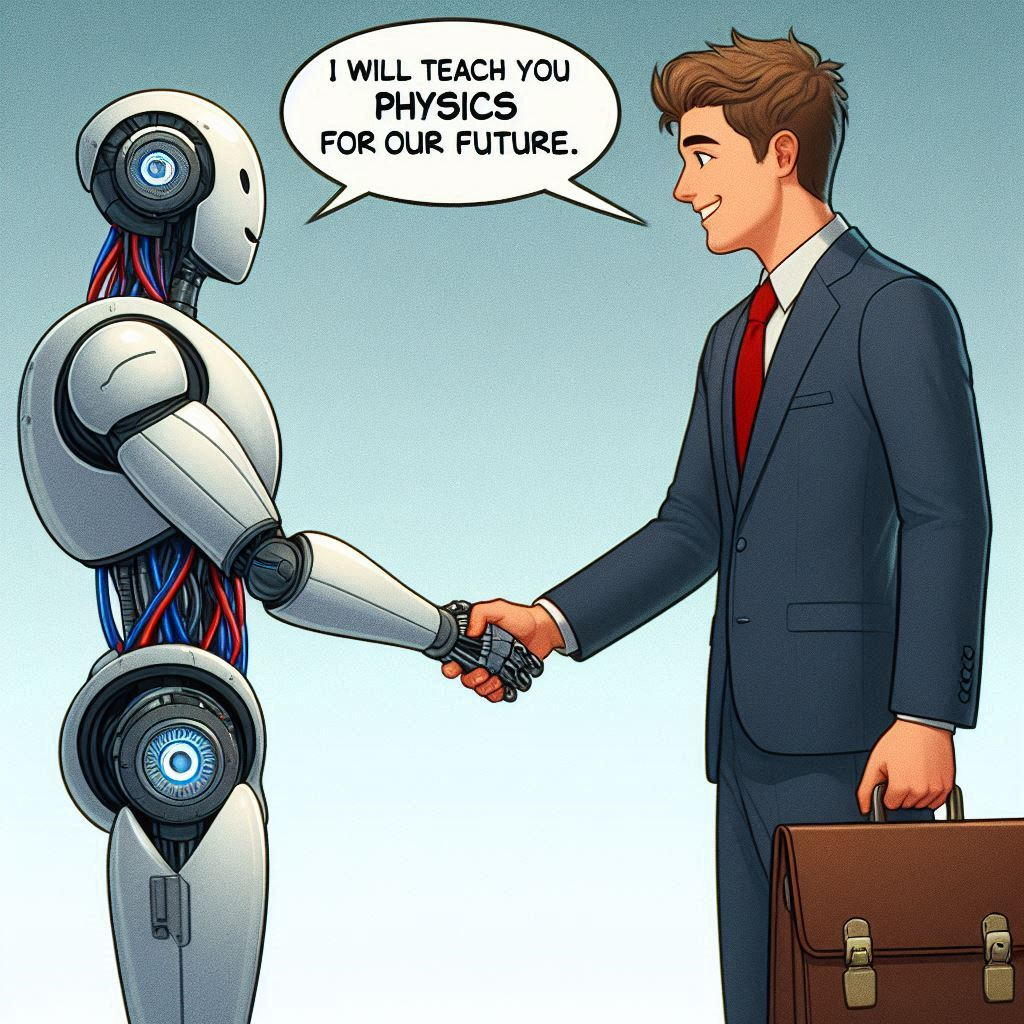
End to End Personalized A.I Chatbot
This repository is dedicated to building an end-to-end AI chatbot powered by the Groq API. It enables the creation of personalized agents tailored to specific subjects, offering context-aware responses based on individual needs..
View on GitHub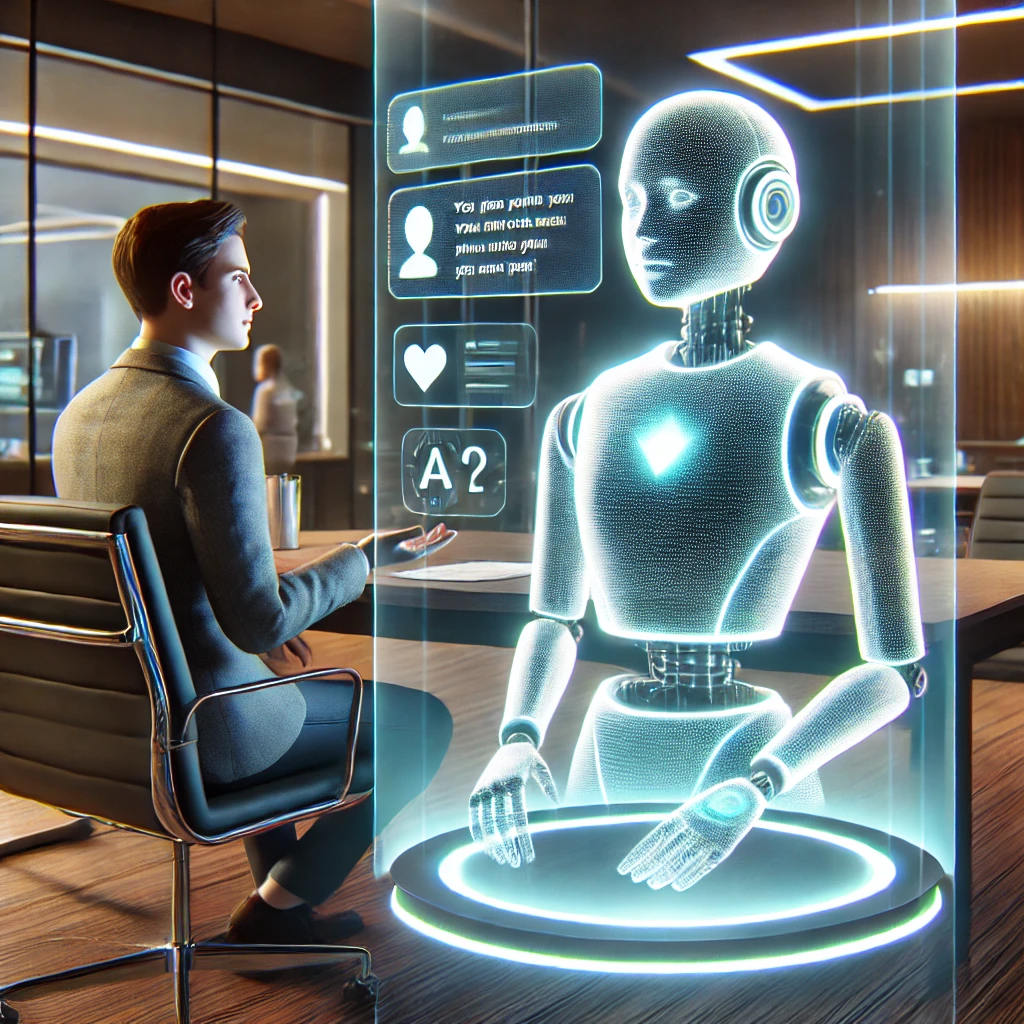
Auto Hyper-Parameter Tuning Model In Image Classification
This repository focuses on a model where hyperparameters are automatically tuned to optimize performance. The best model, after tuning, is then evaluated on the test data to determine its accuracy and overall performance for image classification (In Progress).
View on GitHub
Measurement of Charged K* in Au-Au Collision at 19.6 GeV and 14.5 GeV (Master's Thesis)
This is my master’s thesis in the field of heavy-ion collision. I encompassed the mass, width, and invariant yields of the K∗± meson, decay channel (K∗± → K0 + π±) at √sNN = 19.6 GeV and 14.5 GeV. Additionally, we present the average transverse momentum ⟨pT⟩ of K∗± and compare it with other hadrons in the rapidity window of (−0.5 < y < 0.5). Furthermore, we illustrate the resonance-to-non-resonance ratio as a function of centrality to investigate the effects of rescattering and regeneration.
View ResearchGate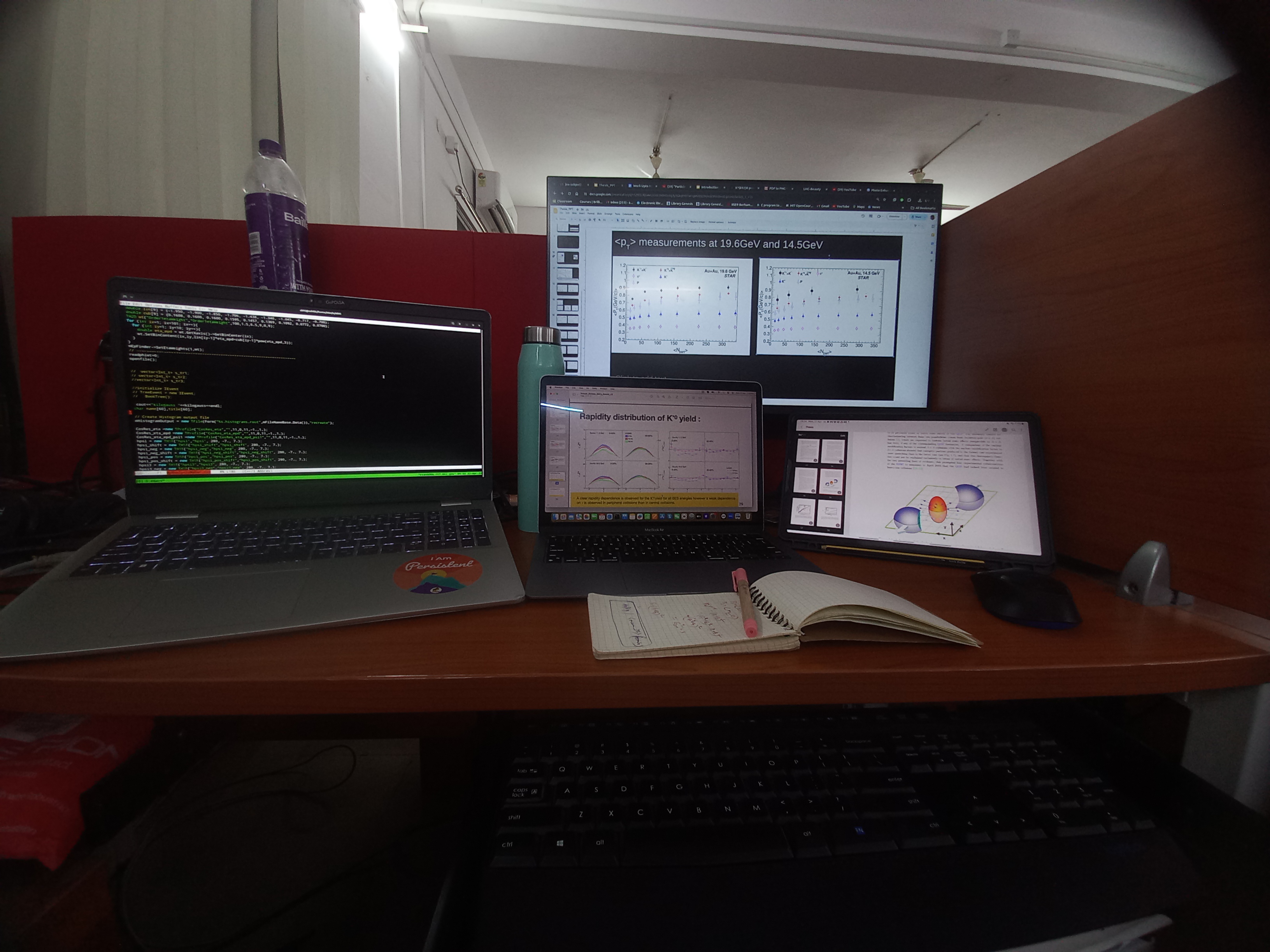
Deep Learning Applications in Particle Physics
This project explores the application of various deep learning techniques to analyze high-energy physics datasets, focusing on jet classification and tagging. Utilizing Convolutional Neural Networks (CNNs) and Recurrent Neural Networks (RNNs), the project implements models to differentiate jet constituents and images based on particle features and internal structures. It leverages datasets provided by Maurizio Pierinim and employs frameworks such as TensorFlow and Keras for model development. Key components include dataset preparation, model architecture, training, evaluation, and performance analysis, contributing to enhanced understanding of jet dynamics and classification in particle physics (May 2022 - Jan 2023). You can click on the link below to learn more.
View on GitHub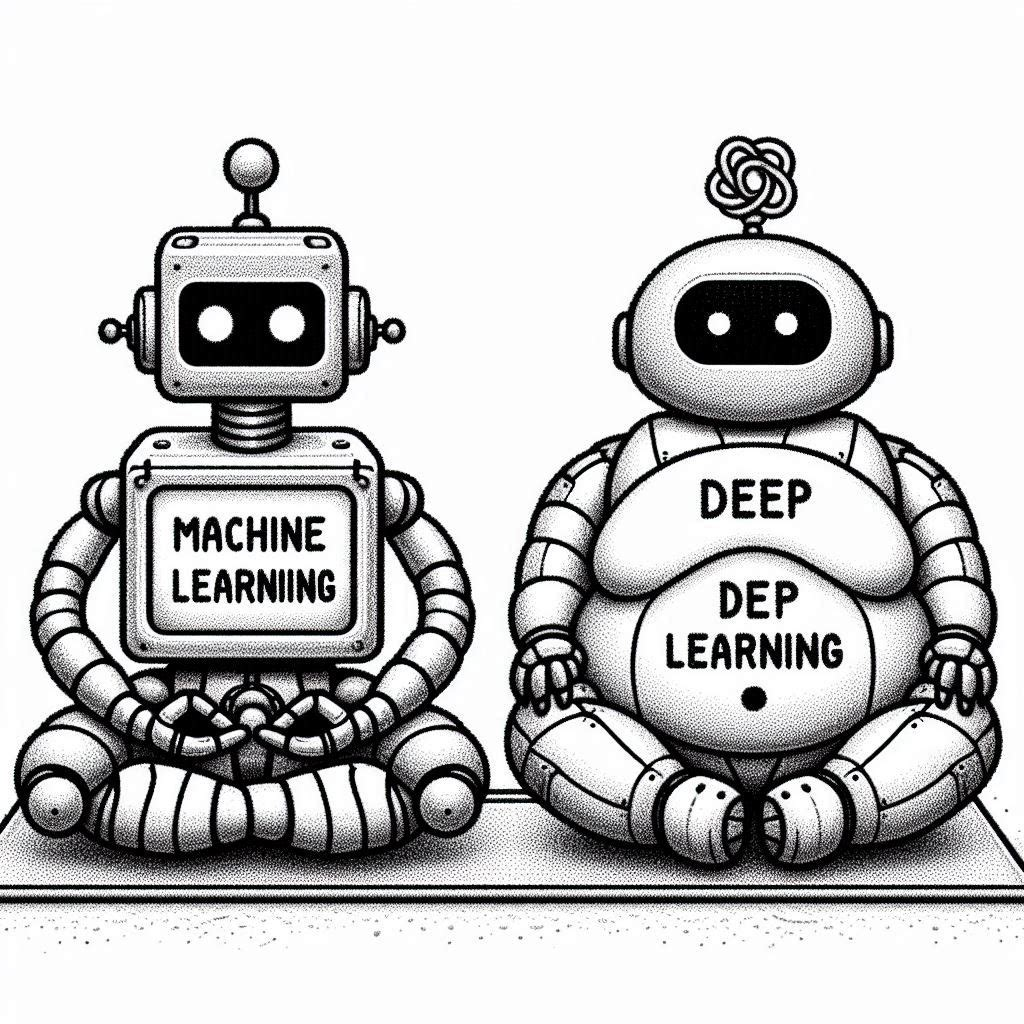
Analysis of Simple Pendulum Motion Using Numerical and Manual Methods
This project aims to explore the dynamics of simple pendulum motion by implementing numerical methods to solve the governing differential equations and comparing the results with analytical solutions (December 2022). You can click on the link below to learn more and check similar projects also.
View on GitHub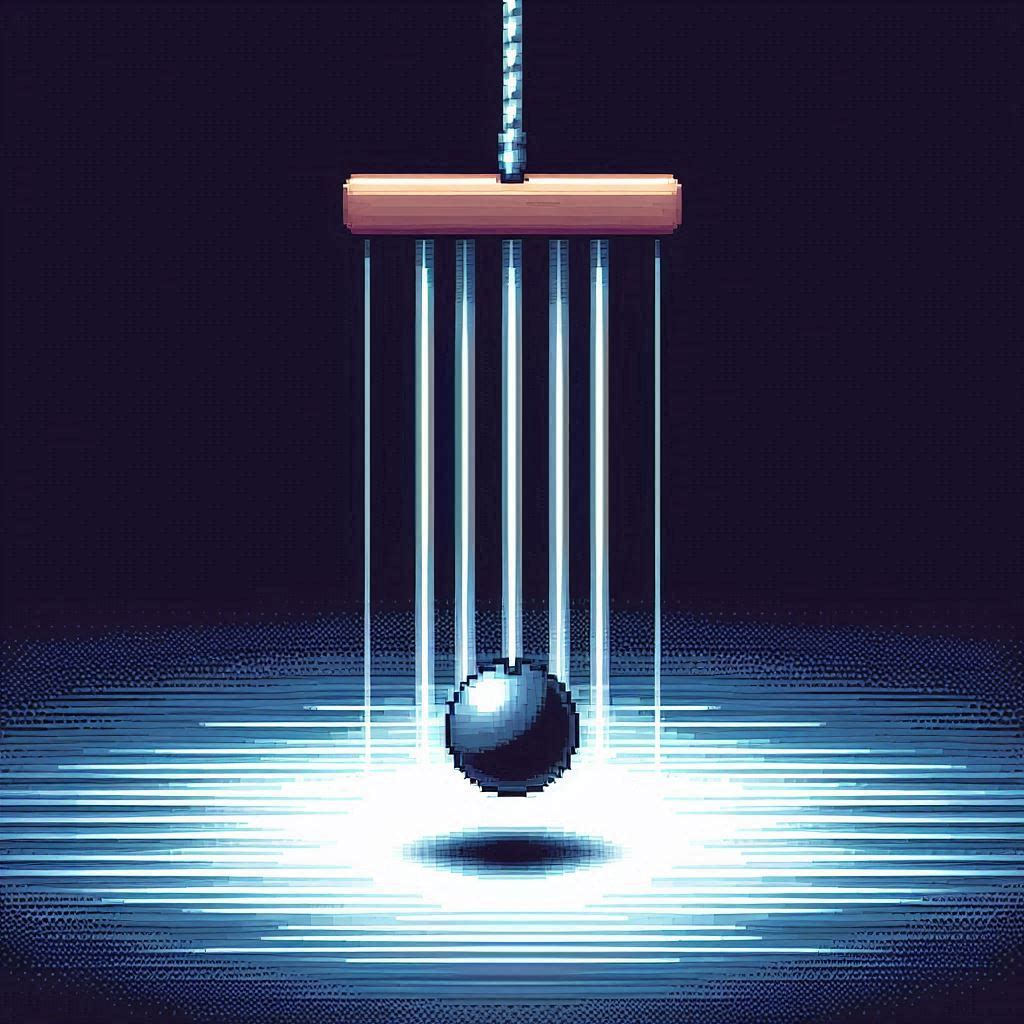
Measurement of Phi-meson Production in Au-Au collision @200 GeV in AMPT model
This project investigates the production of phi mesons in gold-gold (Au-Au) collisions at an energy of 200 GeV, utilizing the AMPT (A Multi-Phase Transport) model. The focus is on understanding the conditions under which phi mesons are produced in a high-energy nuclear environment, which is critical for studying the properties of the quark-gluon plasma (March 2023 - May 2023). You can click on the link below to learn more.
View on GitHub
Space Weather Prediction Using Machine Learning (July 2021)
This project explores the solar cycle and its influence on space weather, which is affected by various solar phenomena such as solar flares and Coronal Mass Ejections (CMEs). For more information, click the link below.
View on GitHub